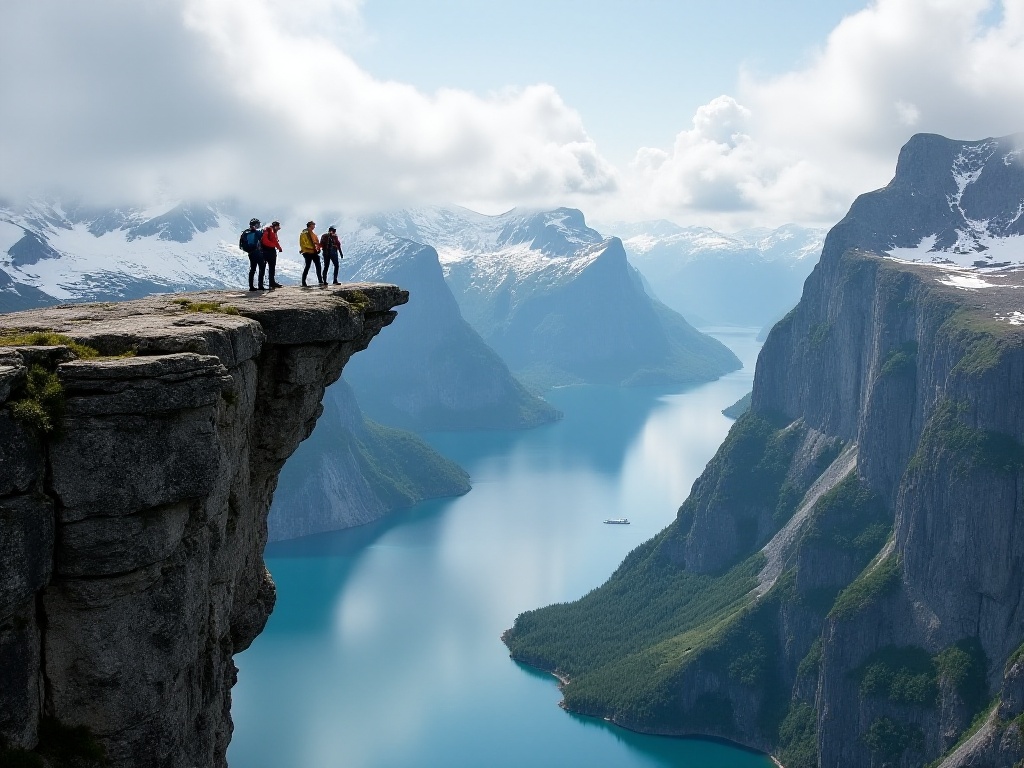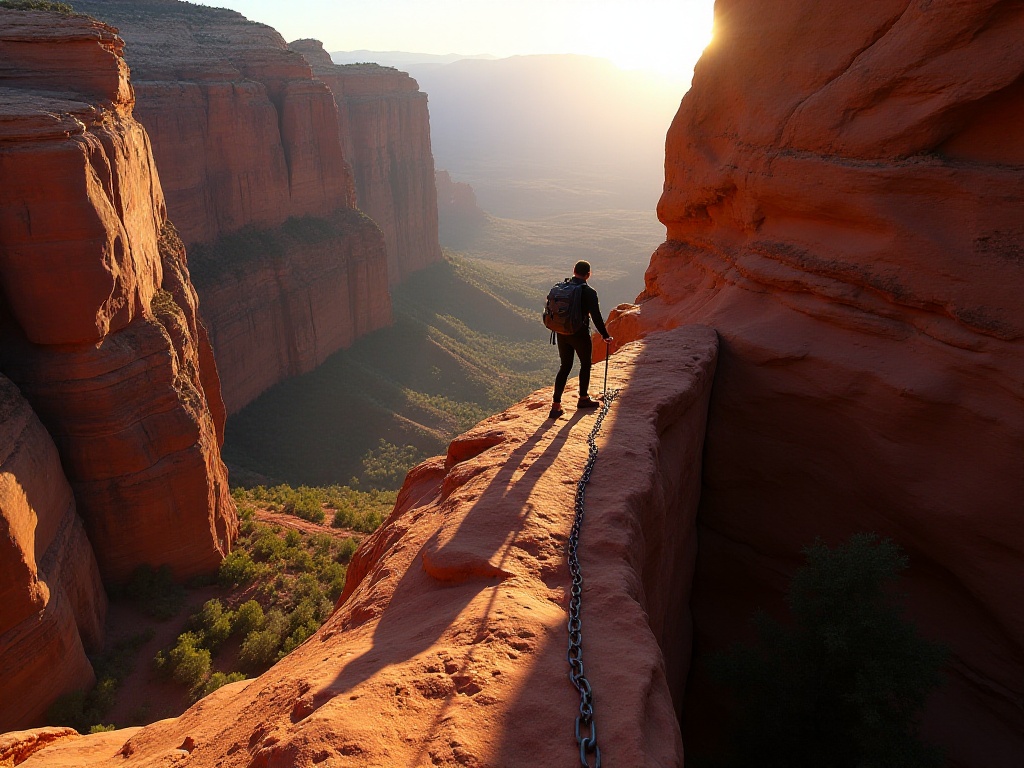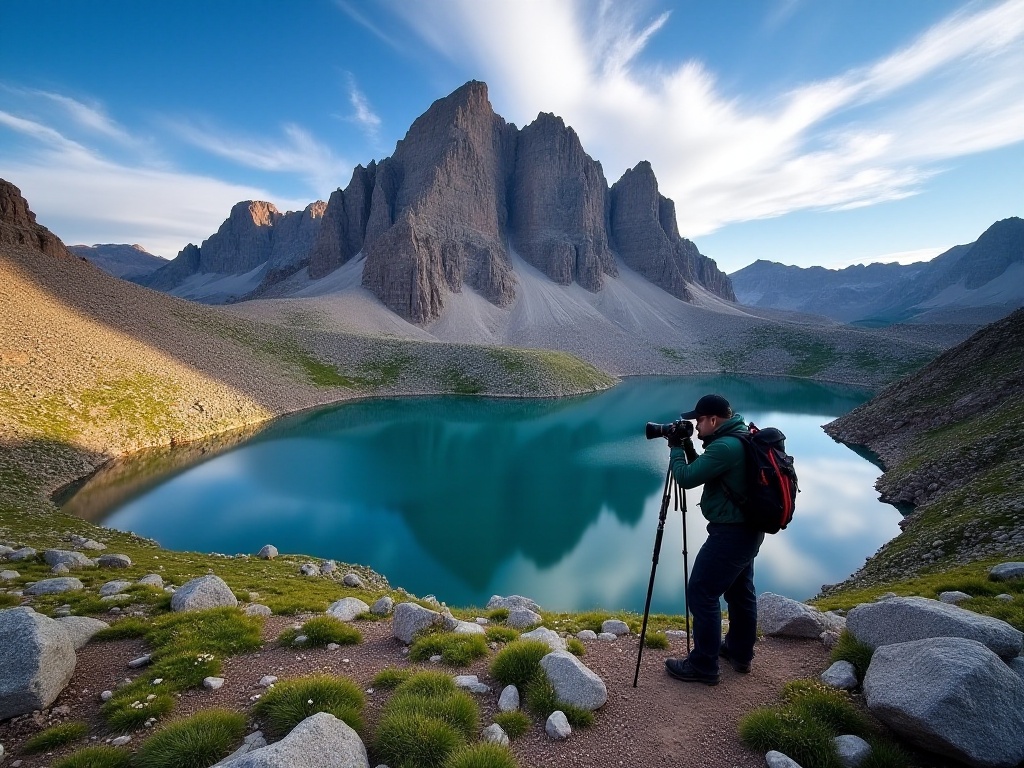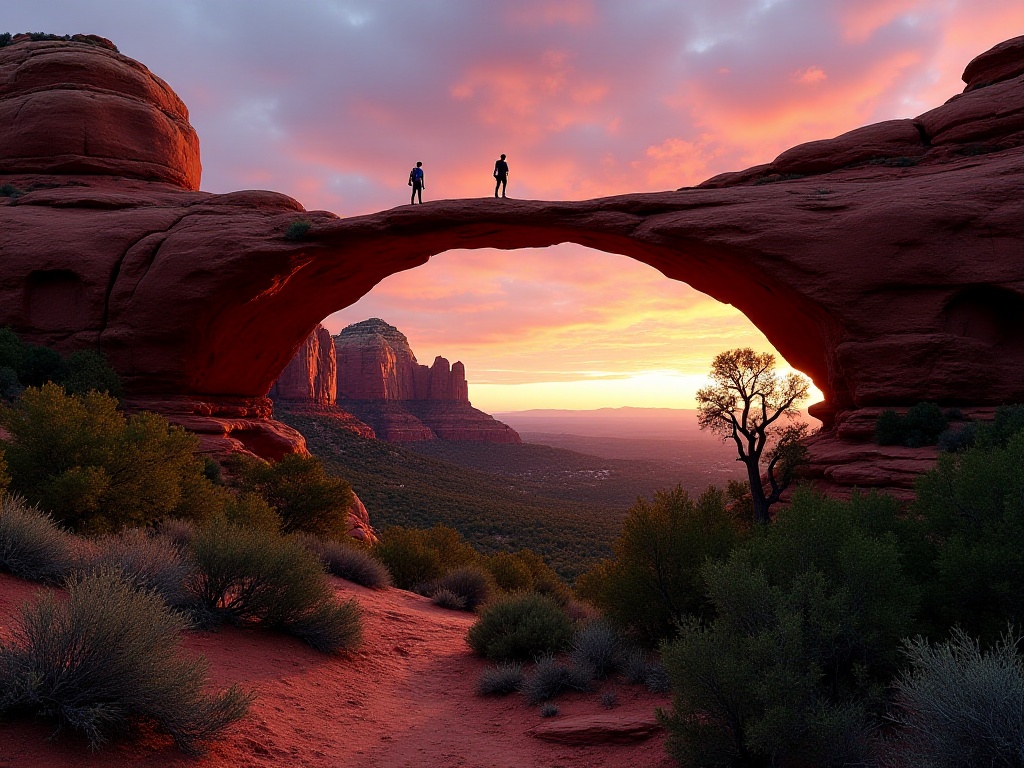Introduction
One ordinary afternoon, while scrolling through short videos in my office, I stumbled upon a video about the Appalachian Trail. At that moment, I was deeply captivated. In the video, a blogger was traversing through a golden forest, with sunlight filtering through the leaves onto his face, displaying a serene and carefree expression that I envied.
I started to imagine: How wonderful would it be to temporarily escape this life surrounded by KPIs, work pressure, and various social demands? What would it be like to shoulder a backpack and embark on an unknown journey like the blogger in the video?
This is the allure of the Appalachian Trail (AT). It's not just a trail; it's a place where you can temporarily escape modern society and rediscover yourself. Each year, thousands of people like me are drawn to this "hiker's paradise." Among them are fresh graduates, office workers experiencing midlife crises, retirees seeking a second spring in life, and adventurers simply looking to challenge themselves.
Basic Understanding
Honestly, I was stunned when I first learned about the basic facts of the AT. The trail spans 14 states across the eastern United States, stretching 2,190 miles - equivalent to the distance from Beijing to Guangzhou. It extends from Springer Mountain in Georgia to Mount Katahdin in Maine. Hiking the entire trail typically takes 5-7 months, meaning you need to put your regular life on hold for at least half a year.
When I shared this plan with my friends, they all thought I was crazy. "You're going to walk in the mountains for half a year?" "What about work?" "Does your family agree?" "Are you sure you can stick with it?" Indeed, in this fast-paced society, spending half a year just walking seems incredible.
However, once you truly understand the AT, you'll understand why so many people are willing to leave everything behind just to complete this journey. It's not just a simple hike; it's a process of self-exploration and spiritual purification.
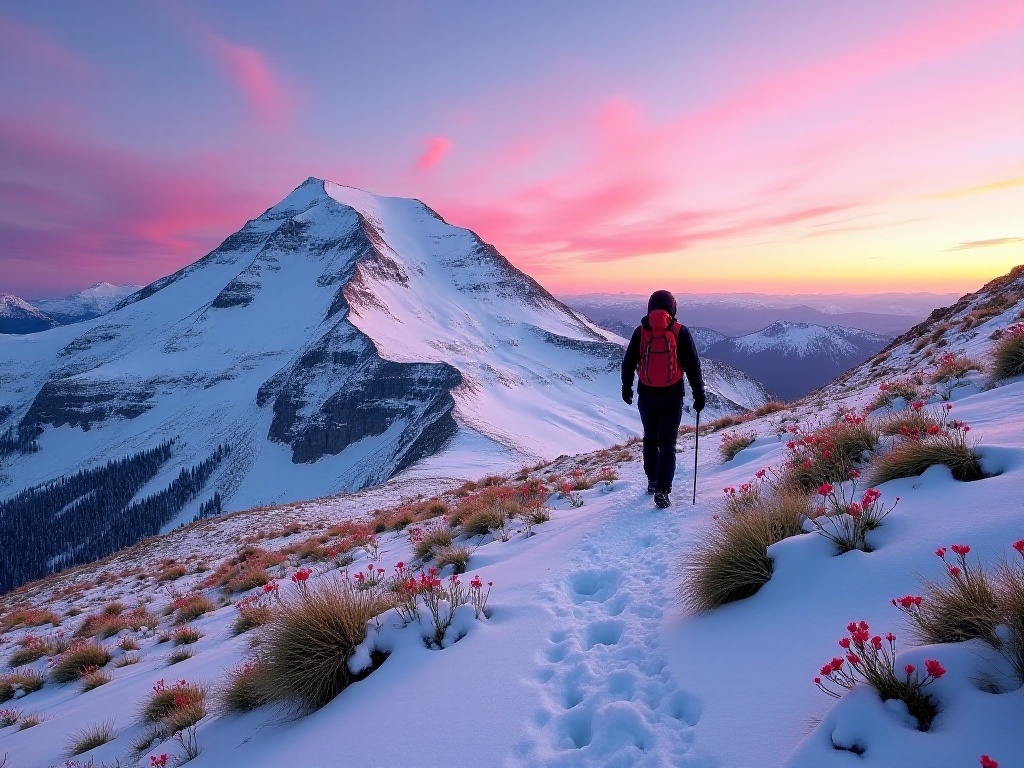
Trail Features
I still remember my first camping experience on the AT. That night, after setting up my tent, I lay in my sleeping bag listening to the sounds of insects and wind. The next morning, I was awakened by birdsong, and when I opened my tent, I was stunned by the sight before me.
The sun was slowly rising between distant mountains, golden light piercing through the thin mist, falling on dewdrops and refracting rainbow colors. The mountains layered one after another, nearby trees lush and verdant, the entire scene like a carefully crafted ink painting. At that moment, I felt all my previous doubts and worries were worth it.
The AT's charm lies in its diversity. The trail passes through 8 national forests, 6 national parks, and countless state parks. Each region has its unique scenery and character.
In the Great Smoky Mountains National Park section, you can see Clingmans Dome, one of North America's highest peaks. Standing at the summit, you feel as if you're floating in a sea of clouds. Especially during sunrise and sunset, when the clouds are tinted pink and gold, the stunning beauty is beyond words.
In spring, the entire trail transforms into a massive garden. Mountain slopes burst with rhododendrons in bloom - pink, white, and purple - turning entire mountainsides into seas of flowers. I remember once encountering a young deer among the rhododendrons, gracefully foraging among the flowers, completely unbothered by my presence. That image remains deeply etched in my memory.
In summer, the forest becomes an ocean of emerald. The canopy becomes dense, with sunlight filtering through leaves, creating dappled patterns on the ground. It's the perfect time for strolling along forest paths, feeling the cool mountain breeze against your face.
Autumn is the AT's most spectacular season. Mountain maples turn red, oak leaves turn golden, and entire valleys seem painted with oils. Each step produces a rustling sound from fallen leaves, while the air is filled with subtle woody fragrances.
Even in winter, the AT has its unique beauty. Snow-covered peaks, frozen streams, and bare branches adorned with glistening icicles make everything appear pure and quiet.
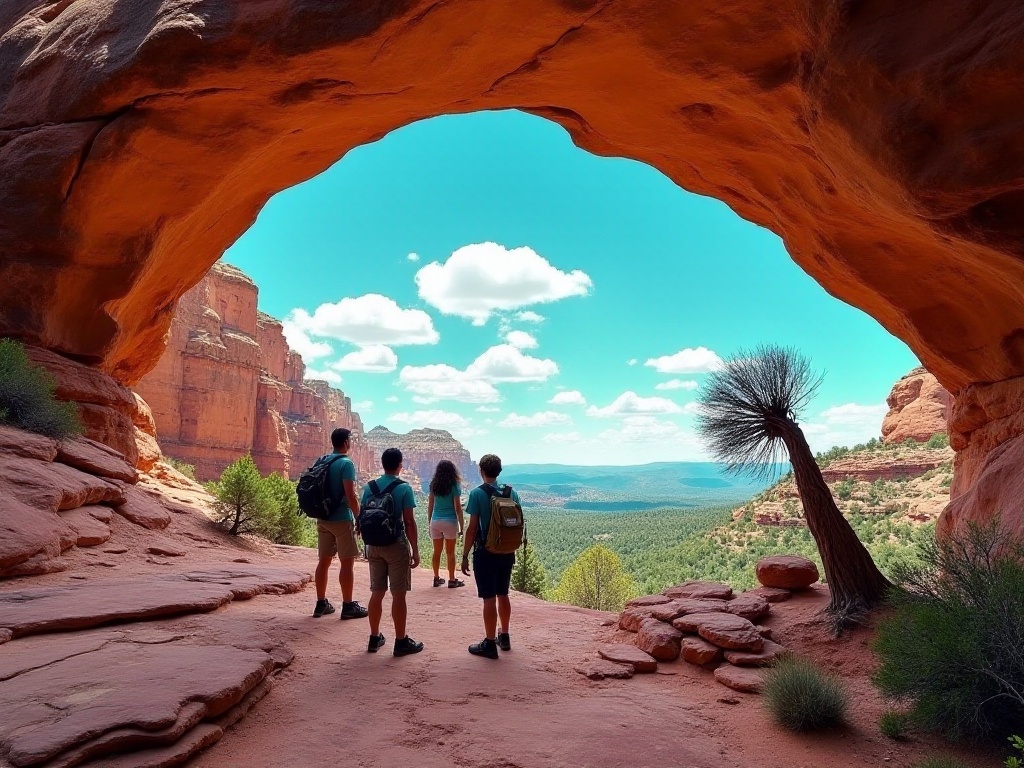
Challenges and Preparation
After discussing all these beautiful aspects, I must address the AT's challenges. This is definitely not a casual hike but a true challenge. Each year, about 3,000 people attempt a through-hike, but only about 25% complete it. While this statistic might be discouraging, I believe it's this very challenge that makes the AT more meaningful.
I remember spending six full months preparing before departure. Physical training was absolutely the most important part. I would run in the park after work every day, and on weekends, I would hike nearby mountains with my gear. Initially, I would be exhausted after walking 5 kilometers with a 15-kilogram pack, but after months of training, I could easily carry heavier gear for longer distances.
Equipment selection was also a major undertaking. I spent considerable time researching various gear reviews and user experiences. A good backpack is fundamental equipment - it needs to be lightweight yet able to carry necessities, and most importantly, fit your body type. I ultimately chose a backpack worth $280. Though expensive, it proved to be a wise investment during the hike.
Hiking boot selection was also crucial. I tried at least a dozen pairs from different brands before spending $180 on a pair. The selection criteria wasn't price, but rather fit, breathability, and waterproofing. Remember to buy boots half a size larger, as feet tend to swell during long hikes.
Tent and sleeping bag selection was also important. I chose an ultralight single-person tent that, while small, weighed only 1.2 kilograms - very important for long-distance hiking. For sleeping bags, I selected different models based on the season, as mountain regions can have significant temperature variations between day and night.
Total equipment costs were indeed substantial, around $1,300. But remember, this equipment will accompany you throughout your journey, and its quality and comfort directly affect whether you can complete the hike.
Seasonal Selection
Choosing the right departure time is also key to successfully completing the AT. If you plan to hike northbound (NOBO), the optimal departure time is early March. This timing is chosen because the southern regions are beginning to warm up but aren't too hot yet, and you have plenty of time to reach the northern terminus before winter arrives.
If choosing to hike southbound (SOBO), early June is recommended. By then, snow in the northern regions has melted, and temperatures are suitable for hiking. However, note that SOBO routes are typically more challenging than NOBO, as the northern terrain is more rugged.
I chose the NOBO route, departing from Georgia on March 1st. I remember the departure day was clear with temperatures around 15°C, perfect for hiking. However, by nightfall, temperatures plummeted to near freezing, making me realize how variable mountain weather can be.
In the following days, I experienced various weather conditions: heavy rain, thick fog, extreme heat, and cold winds. Sometimes I experienced all four seasons in one day. This is why having appropriate gear is so important.

Cultural Significance
What attracted me most to the AT, besides its natural beauty, was its unique hiking culture. There's a special atmosphere here that makes all hikers feel warmth and friendliness.
Every hiker gets a unique "Trail Name." This name usually comes from an interesting experience or personal characteristic. For instance, my trail name was "Night Owl" because I liked to continue hiking at night with a headlamp. I met people with interesting trail names like "Mushroom Expert" (for his knowledge of wild mushrooms), "Sunscreen King" (for carrying various sunscreen products), and "Barista" (for carrying a hand-cranked coffee maker).
Trust between strangers is exceptionally high on the trail. I once met a hiker at a rest stop whose stove head was broken, worried about dinner. Without hesitation, I lent him my spare stove head. The next day, he caught up to return it and shared his homemade energy bars as thanks. This spirit of mutual help is everywhere on the AT.
There's also a special resupply culture called "Trail Magic." This refers to local residents or former hikers leaving food, drinks, and other supplies near the trail for hikers to use freely. Sometimes when you're exhausted, suddenly finding a box of cold drinks or fresh fruit by the trail creates a truly magical feeling.

Experience Sharing
During the hike, I met many interesting people and situations. I remember meeting a Japanese hiker whose trail name was "Sushi." Though his English wasn't very fluent, we communicated through simple gestures and translation apps. He told me he was a sushi chef who decided to give himself a different life experience after working for 20 years.
One day during heavy rain, my rain jacket got torn by a tree branch. Sushi immediately lent me his spare jacket. We hiked together for nearly two weeks afterward, during which he taught me how to make simple Japanese dishes with portable stoves, while I taught him practical English conversation. When we parted, we exchanged contact information and still keep in touch today.
On the trail, you meet all kinds of people. Young graduates wanting adventure before entering the workforce, office workers seeking self-discovery after midlife crises, retirees pursuing life dreams. Everyone has their own story, but we all converge on the AT.
I also remember a 70-year-old lady whose trail name was "Never Give Up." She told me that after her husband passed away, she decided to complete the AT hike they had planned in their youth. Though she walked slowly, covering only 10-15 kilometers daily, she persevered. When I saw the news of her completing the hike on social media, I was moved to tears.
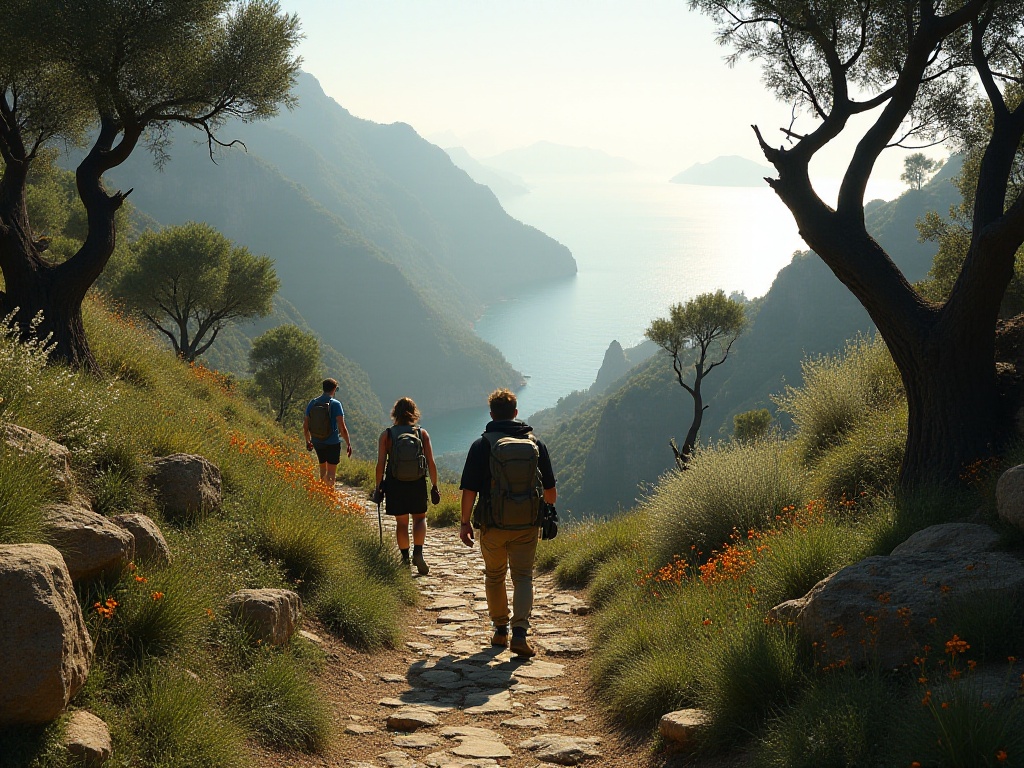
Conclusion
Looking back now, the AT gave me not just a hiking experience but a profound life experience. Here, I rediscovered myself, nature, and made many like-minded friends.
When you're far from city noise and phone distractions, you discover life can be very simple. Focusing only on walking, eating, and resting - these most basic things - actually makes one feel incredibly fulfilled.
On the AT, you learn gratitude, perseverance, and letting go. You discover you're stronger than you imagined, and you see the most beautiful aspects of human nature.
So, if you're thinking about embarking on an impromptu hiking journey, if you want to experience true self-exploration, come challenge the AT. It will be a life-changing journey.




